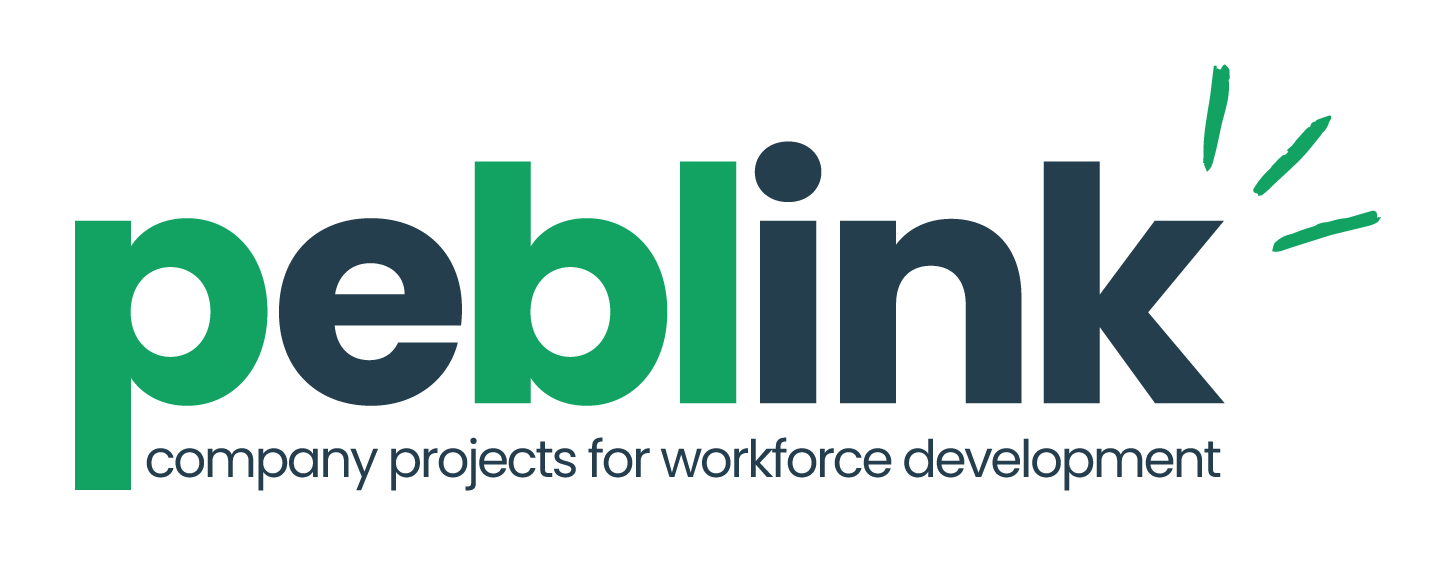Industrial Design Project Solving a Real-World Problem encountered by Millions of Motorbike Riders

Organization: Confidential
Field: Engineering
Start: April 1, 2025
End: August 31, 2025
Status: Open
1. Objective
Without detailing the specific invention, the objective of this confidential project is to design an innovative solution for securely mounting and protecting delicate equipment during use in high-vibration environments. The design will focus on minimizing both large and micro-vibrations, employing novel approaches to achieve enhanced durability and performance. Key priorities include ensuring compliance with existing intellectual property (IP) frameworks and incorporating unique features to elevate functionality and market differentiation.
Participants
Industrial Design Project Solving a Real-World Problem encountered by Millions of Motorbike Riders
1. Objective
Without detailing the specific invention, the objective of this confidential project is to design an innovative solution for securely mounting and protecting delicate equipment during use in high-vibration environments. The design will focus on minimizing both large and micro-vibrations, employing novel approaches to achieve enhanced durability and performance. Key priorities include ensuring compliance with existing intellectual property (IP) frameworks and incorporating unique features to elevate functionality and market differentiation.


